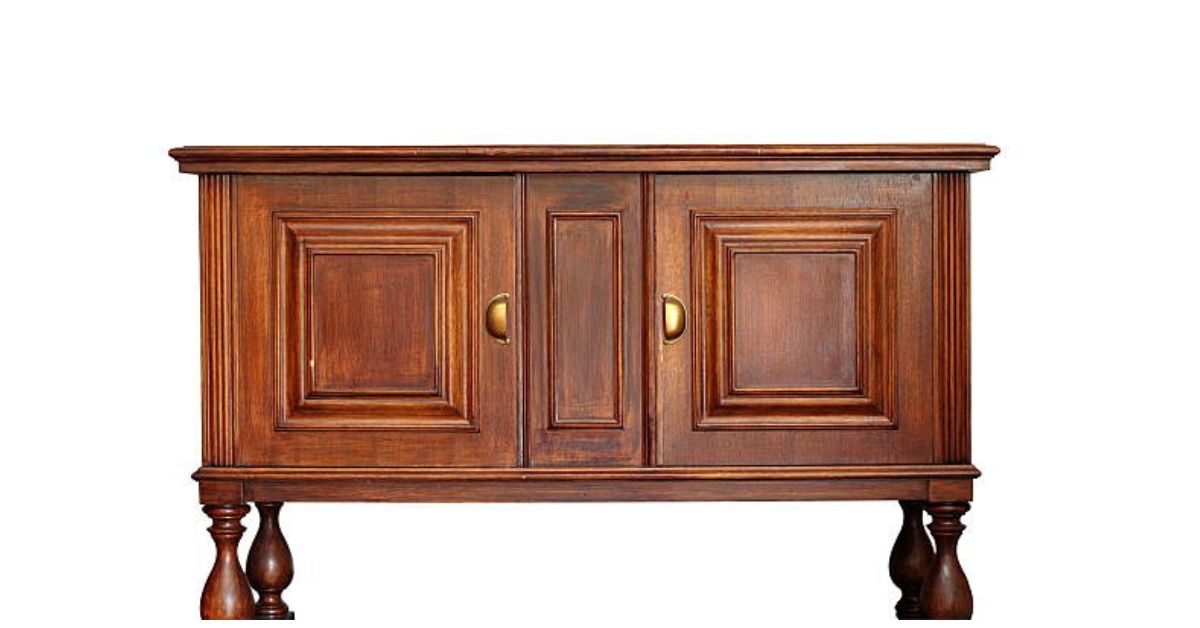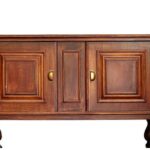Selling vintage furniture has become one of the most profitable side hustles and even a full-time business opportunity for many people. With the rise of online marketplaces, sellers no longer have to rely solely on local antique shops or flea markets to make sales. Facebook Marketplace has emerged as a powerful platform that connects buyers and sellers in real-time, giving furniture enthusiasts the ability to showcase their pieces to a much larger audience.
The demand for unique, timeless furniture continues to grow, especially among people looking to furnish their homes with character, charm, and eco-friendly second-hand options. For sellers, this presents a golden opportunity. But to maximize profits, it’s not enough to simply list an old chair or table. You need a well-thought-out strategy that focuses on presentation, pricing, negotiation, and marketing.
Why Vintage Furniture Sells So Well
Vintage furniture appeals to buyers for several reasons. First, it offers unique craftsmanship that mass-produced modern furniture often lacks. Many older pieces are handmade or designed with solid wood and durable materials that last for decades. Second, there is a strong nostalgic value. Buyers love pieces that remind them of a particular era or hold historical significance. Finally, buying second-hand is eco-friendly, making vintage furniture an attractive option for environmentally conscious consumers. This combination of durability, uniqueness, and sustainability makes vintage furniture highly desirable, and when sold strategically, it can bring in impressive profits.
How to Sell Vintage Furniture on Facebook Marketplace for High Profit
Facebook Marketplace is free to use, but success depends on how effectively you present, price, and market your vintage furniture to attract serious buyers.
Step 1: Sourcing High-Quality Vintage Furniture
The first step to selling vintage furniture profitably is finding the right pieces. Great sourcing strategies include:
- Estate Sales – Often, families sell high-value furniture at reasonable prices.
- Thrift Stores and Flea Markets – These are excellent places to uncover hidden gems.
- Auctions and Liquidation Sales – You can often buy unique furniture in bulk.
- Networking – Let friends, family, and neighbors know you buy vintage pieces.
When sourcing, focus on sturdy construction, appealing designs, and items with minimal damage. Even if a piece needs minor restoration, high-quality vintage furniture often sells for more after some refinishing.
Step 2: Cleaning and Restoring Furniture for Higher Value
Presentation is everything in the furniture market. Buyers are far more likely to pay top dollar if your pieces look well cared for.
- Deep Cleaning – Remove dust, polish wood, and clean upholstery thoroughly.
- Minor Repairs – Fix scratches, tighten screws, and replace small missing hardware.
- Refinishing – Sanding, staining, or painting can make furniture look modern while preserving its vintage charm.
Investing time in restoring furniture not only improves its visual appeal but also significantly increases its resale value.
Step 3: Researching Prices and Setting High-Profit Margins
Pricing vintage furniture correctly is one of the most critical steps to maximizing profit. Underpricing leaves money on the table, while overpricing can discourage potential buyers.
To determine the right price:
- Check listings of similar items on Facebook Marketplace, eBay, and Etsy.
- Factor in the furniture’s age, craftsmanship, and condition.
- Consider restoration costs and the rarity of the piece.
- If your item is rare, you can price it at the higher end of the market. Always leave room for negotiation, as buyers often expect to bargain.
Step 4: Creating High-Converting Listings
A well-crafted listing makes the difference between a quick sale and a forgotten post. Focus on:
- Photography – Use natural light, capture multiple angles, and highlight unique features.
- Detailed Descriptions – Include dimensions, materials, condition, and historical details.
- Keywords – Use SEO-friendly terms like “mid-century modern dresser” or “antique oak dining table”.
- Storytelling – Share any interesting history or background about the furniture.
- The more professional your listing looks, the more buyers will trust you and be willing to pay premium prices.
Step 5: Using Facebook Marketplace Features to Your Advantage
Facebook Marketplace offers built-in features that can boost your visibility:
- Boost Listings with Ads – Paid promotions target buyers in your area.
- Join Buy-and-Sell Groups – Share your listing in multiple local groups to expand reach.
- Respond Quickly – Facebook rewards active sellers with better visibility.
- Using these tools effectively helps you reach more potential buyers and increases your chances of selling at higher prices.
Step 6: Negotiating for Maximum Profit
Negotiation is almost always part of selling furniture. To maximize your earnings:
- Start with a slightly higher price than your bottom line.
- Stay polite but firm when buyers attempt low-ball offers.
- Offer bundle deals if a buyer is interested in multiple pieces.
Successful negotiation requires confidence and preparation. Always know the lowest price you are willing to accept before discussions begin.
Step 7: Safe Payment and Delivery Options
Ensuring safe transactions builds trust with buyers and protects your profit.
- Payments – Accept cash, Facebook Pay, or secure payment apps like PayPal.
- Delivery – Offer delivery for a fee or suggest local moving services.
- Meet in Public – If exchanging in person, meet in well-lit, safe locations.
Providing convenient options increases your chances of closing sales at premium prices.
Common Mistakes to Avoid When Selling Vintage Furniture
Many sellers lose profit due to small but costly mistakes. Avoid these pitfalls:
- Using poor-quality, dark, or blurry photos.
- Overpricing without researching the market.
- Ignoring buyer inquiries or taking too long to respond.
- Failing to highlight unique features and dimensions.
- By steering clear of these errors, you’ll create a more professional and profitable selling experience.
Tips to Build a Long-Term Vintage Furniture Business
If you want to move beyond occasional sales and turn this into a profitable business, consider these strategies:
- Build a brand identity with consistent style and presentation.
- Develop loyal customers by offering discounts for repeat buyers.
- Invest in furniture knowledge to identify rare pieces quickly.
- Create a portfolio of your sold items to showcase your expertise.
With time and effort, selling vintage furniture on Facebook Marketplace can evolve from a side hustle into a thriving income stream.
Conclusion
Selling vintage furniture on Facebook Marketplace is more than just listing an item and waiting for a buyer. To maximize profit, you need a strategy that covers sourcing, restoration, pricing, listing optimization, negotiation, and marketing. By taking the time to research, present your furniture professionally, and engage with buyers effectively, you can consistently sell your vintage pieces at higher prices.
With the right approach, what may start as a simple way to declutter can turn into a profitable business model that grows over time. Vintage furniture holds value, and with Facebook Marketplace, you have the tools to reach thousands of eager buyers ready to invest in timeless pieces.









